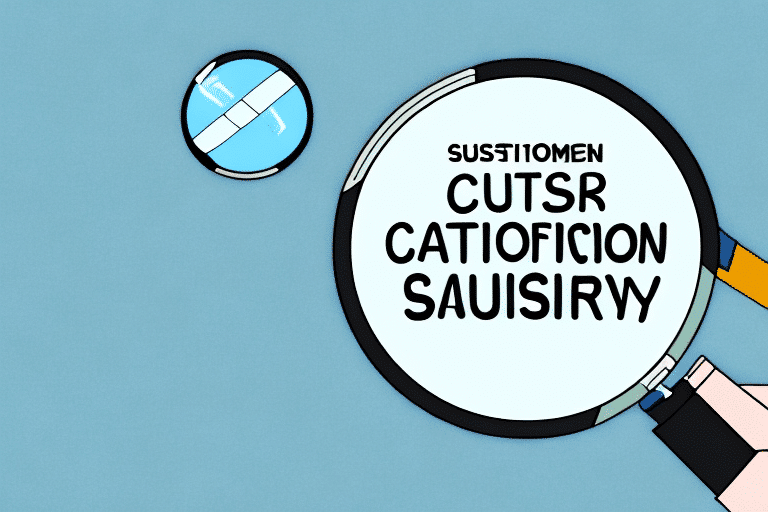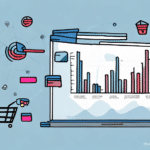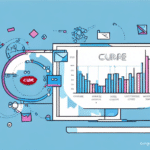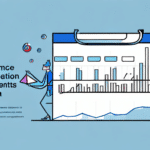The Essential Customer Retention Survey Questions You Need to Ask
As a business owner or manager, retaining customers is paramount to driving profits and sustaining growth. Loyal customers not only provide steady revenue but also act as brand advocates, reducing the need for extensive marketing efforts. High churn rates, on the other hand, can be costly and detrimental to your business's long-term success. Understanding your customers' needs and improving their experience are critical components of effective customer retention. This is where customer retention surveys come into play. This article explores how to craft effective customer retention surveys that provide valuable insights, enhance loyalty, and boost revenue.
Importance of Customer Retention Surveys
Understanding Customer Experience
Customer retention surveys are essential tools for gaining deep insights into your customers' interactions with your brand. These surveys help you understand their needs, preferences, and pain points, as well as assess how well you're meeting their expectations. According to a Forbes report, companies that prioritize customer feedback are 60% more likely to improve customer satisfaction and loyalty.
Building Stronger Customer Relationships
By regularly conducting retention surveys, you demonstrate to your customers that their opinions matter. This fosters trust and loyalty, encouraging repeat business and positive word-of-mouth referrals. A study by Harvard Business Review found that businesses engaging in continuous feedback loops see a 25% increase in customer retention rates.
Benchmarking and Progress Tracking
Retention surveys provide valuable data for benchmarking your performance over time. By analyzing survey results periodically, you can track improvements, identify trends, and make data-driven decisions to stay ahead of the competition. This ongoing analysis ensures that your business remains aligned with evolving customer needs and market conditions.
Designing Effective Customer Retention Surveys
Understanding Customer Needs and Expectations
Effective surveys begin with a comprehensive understanding of your customers. This includes not only demographic information but also psychographics, lifestyle, and interests. Tailoring your questions to align with these attributes ensures that the feedback you receive is relevant and actionable. For instance, if your customers prioritize speed, focusing on response times in your survey questions becomes essential.
Crafting Thoughtful Survey Questions
When designing survey questions, clarity and specificity are key. Use simple language and avoid jargon to ensure that all respondents understand the questions. Incorporate a mix of multiple-choice, ranking, and open-ended questions to capture diverse perspectives. Limit the number of questions to prevent survey fatigue, which can negatively impact response rates. According to SurveyMonkey, surveys with fewer than 10 questions tend to have higher completion rates.
Selecting the Right Distribution Channels
The effectiveness of your survey also depends on the distribution channels you choose. Common channels include email, social media, in-app notifications, and SMS. Select the channel that best aligns with your target audience's preferences. For example, if your customers frequently use social media, distributing surveys through platforms like Facebook or Twitter may yield higher response rates.
Timing and Frequency of Surveys
Strategic Timing for Maximum Impact
Timing your surveys strategically is crucial to obtaining meaningful responses. Avoid overwhelming customers with frequent surveys, which can lead to annoyance and decreased participation. Instead, time your surveys based on key customer interactions, such as post-purchase, after customer support interactions, or following an anniversary with your business. This approach ensures that the survey is relevant and that the feedback is timely.
Balancing Survey Frequency
Finding the right balance in survey frequency is essential to avoid survey fatigue while still gathering valuable insights. A recommended approach is to conduct comprehensive surveys quarterly or biannually. Supplement these with targeted surveys triggered by specific customer behaviors or events to maintain engagement without overburdening your customers.
Analyzing Survey Data for Actionable Insights
Effective Data Analysis Techniques
Analyzing survey data involves identifying patterns, trends, and correlations that can inform your business strategies. Focus on areas indicating both strengths and opportunities for improvement. Utilize statistical analysis and data visualization tools to make sense of the data. Platforms like Tableau or Power BI can aid in creating insightful visual representations of your data.
Avoiding Common Survey Mistakes
Several pitfalls can undermine the effectiveness of your surveys, including biased questions, inappropriate survey formats, and lack of demographic data collection. Ensure that your questions are neutral and unbiased to avoid skewed results. Additionally, provide opportunities for open-ended feedback to capture nuanced customer sentiments. Properly collecting and segmenting demographic information can also enhance the depth of your analysis.
Implementing Survey Results to Enhance Customer Experience
Following Up with Customers
Post-survey follow-ups are crucial in demonstrating that you value customer feedback. Personalized thank-you messages and communications outlining the actions you plan to take based on their responses can reinforce trust and loyalty. This proactive approach shows customers that their input leads to tangible changes, further enhancing their commitment to your brand.
Integrating Feedback into Business Strategy
Customer feedback should be a cornerstone of your business strategy. Use the insights gained from surveys to inform product development, refine marketing strategies, and improve customer service processes. Creating a customer-centric culture ensures that your business continually adapts to meet and exceed customer expectations.
Measuring Success with Key Performance Indicators (KPIs)
To evaluate the effectiveness of your survey efforts, track key performance indicators such as response rates, completion rates, average survey completion time, customer satisfaction scores, and churn rates. Monitoring these KPIs allows you to assess the impact of your surveys and make informed adjustments to your strategies as needed.
Leveraging Technology for Efficient Survey Administration
Modern survey tools and platforms can significantly streamline the administration of customer retention surveys. Tools like SurveyMonkey, Qualtrics, and Typeform offer robust features for automating survey distribution, tracking responses, and analyzing data. These platforms also provide advanced analytics capabilities, enabling you to gain deeper insights and make data-driven decisions more efficiently.
Conclusion: Building a Customer-Centric Business through Retention Surveys
Customer retention surveys are invaluable tools for understanding and enhancing the customer experience. By designing thoughtful surveys, strategically timing their distribution, and effectively analyzing the results, you can gain actionable insights that drive loyalty and revenue growth. Integrating customer feedback into your overall business strategy ensures that your organization remains customer-centric, positioning you for sustained success in a competitive marketplace. Embrace the power of customer retention surveys to build stronger relationships, improve your offerings, and achieve long-term business growth.




















